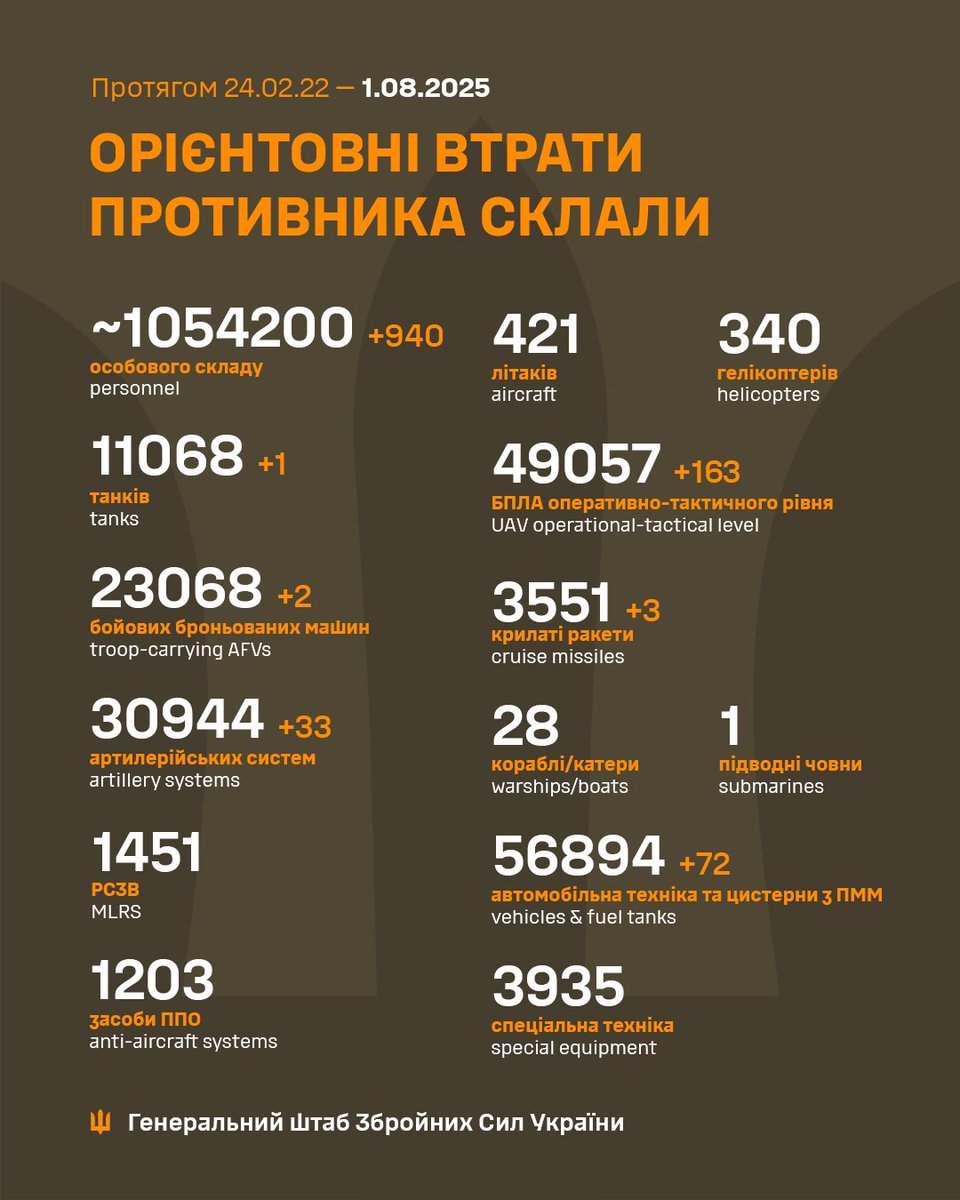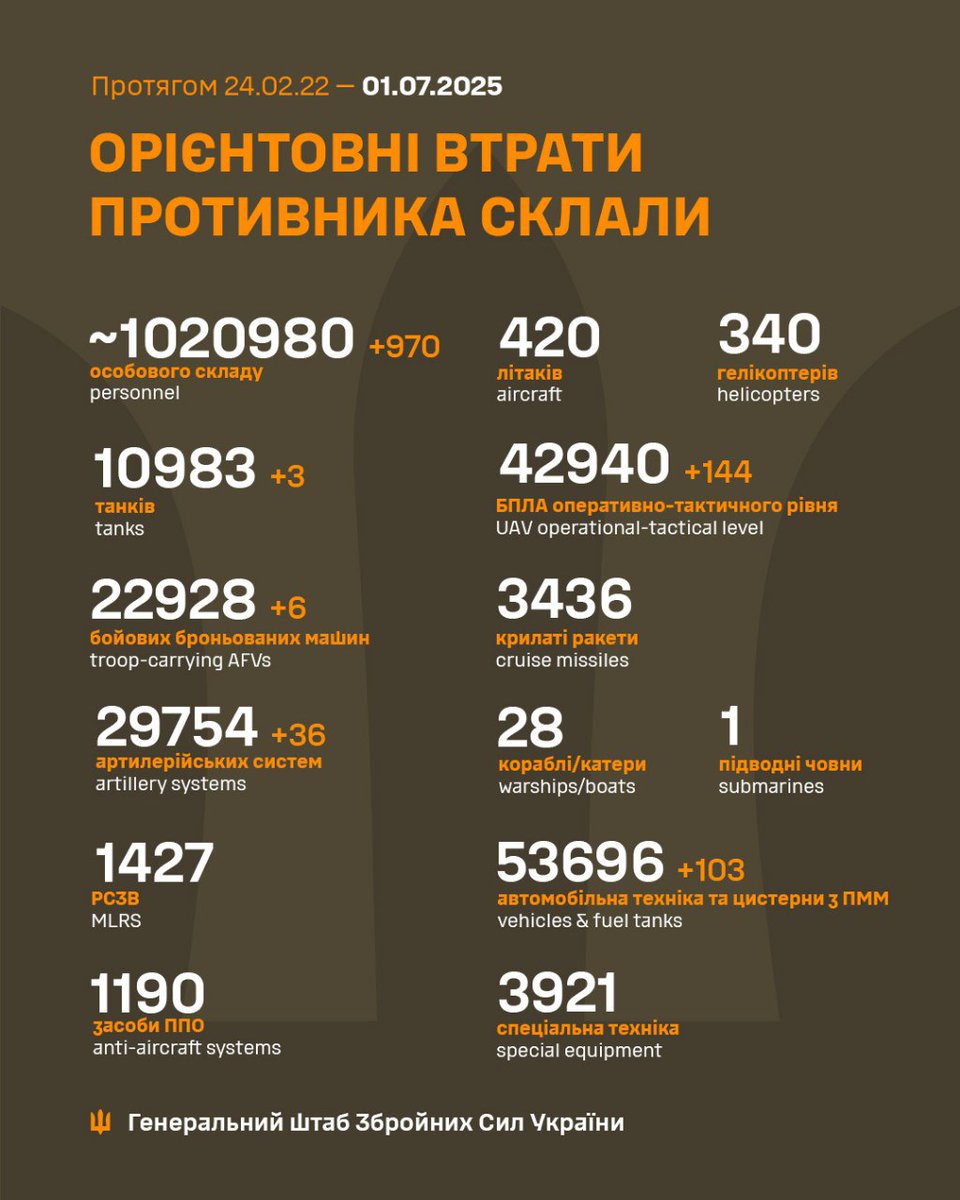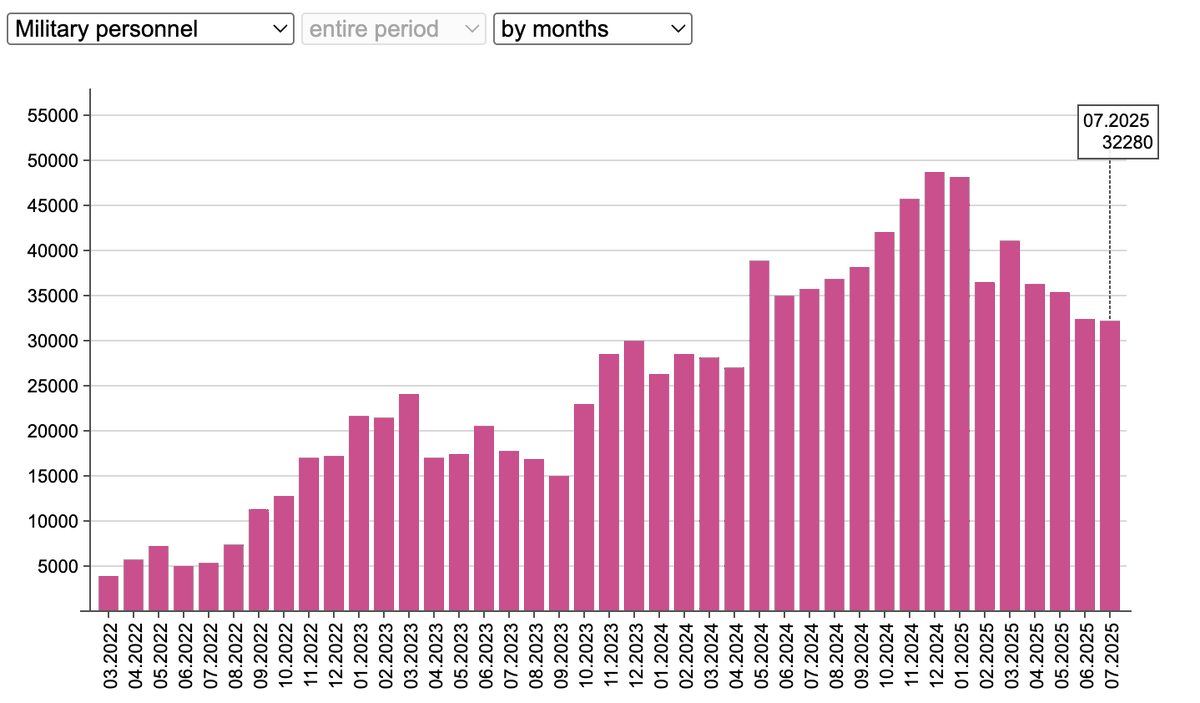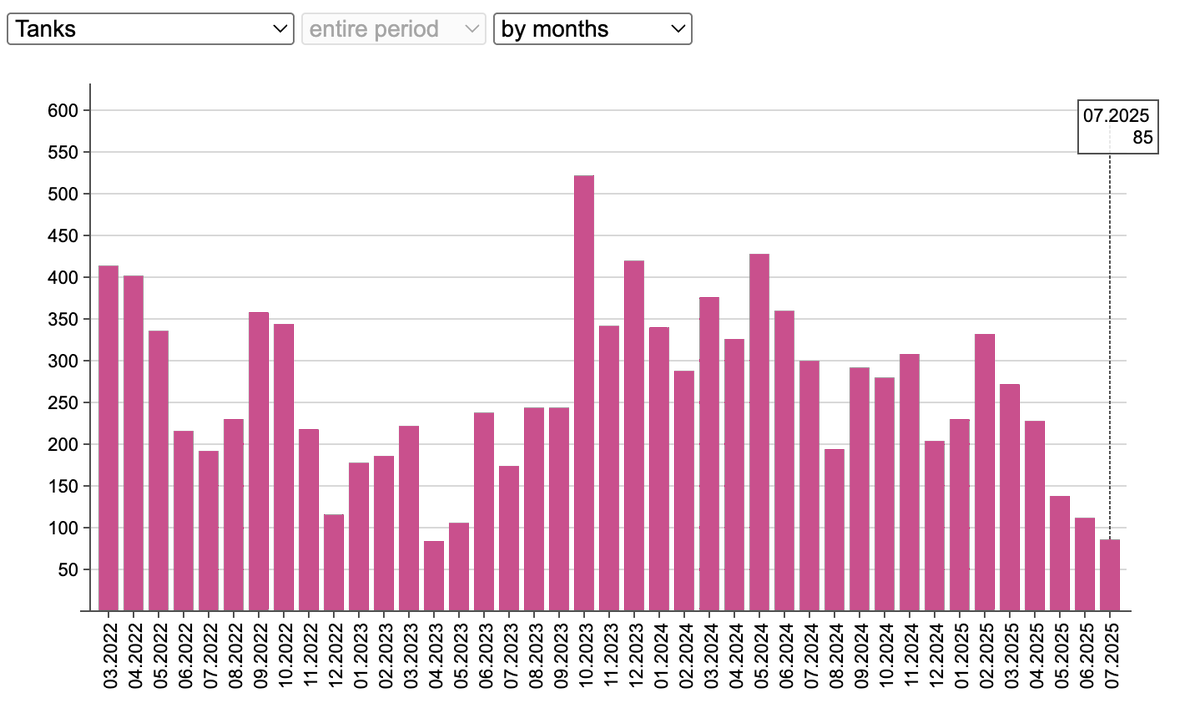In a modern positional warfare, seizing ground isn't enough - attackers must capture stable positions they can hold. This thread explains why those points turn tactical gains into lasting control - and why taking them often comes at a very high cost. 

From the attacker's perspective, a stable position is more than a point on a map - it's a foundation for control. Capture it and you gain decisive lines of movement, observation, and logistics; fail and your gains evaporate.
Stable positions solidify control: they anchor supply routes, protect rear areas, enable forward basing for artillery and drones, and deny the defender easy counterattack corridors. For an occupier, they turn fleeting footholds into lasting presence.
That permanence is why attackers prize them: once secured and consolidated, a stable position reduces the tempo and cost of continued operations in that sector - it becomes a platform for the next phase (exploitation, encirclement, or operational pause).
Defenders will have prepared fields of fire, concealed fortifications, local knowledge, and layered logistics.
A direct blow to a stable position often requires concentrated fires, engineers, and sustained logistics - the very things defenders hoped to force you to expend.
A direct blow to a stable position often requires concentrated fires, engineers, and sustained logistics - the very things defenders hoped to force you to expend.
Two main attacker methods: direct seizure or indirect neutralization.
Direct seizure buys the position immediately but bleeds resources;
indirect isolation is cheaper in losses but slower and leaves the objective in enemy hands longer.
Direct seizure buys the position immediately but bleeds resources;
indirect isolation is cheaper in losses but slower and leaves the objective in enemy hands longer.
Operational trade-off: if you rush for the node you risk overextension. If you delay to isolate it, you concede initiative and time for the defender to adapt.
The correct choice depends on tempo, relative logistics, and strategic timetable - not just raw local advantage.
The correct choice depends on tempo, relative logistics, and strategic timetable - not just raw local advantage.
Footholds matter as stepwise risk management: seize a small, defensible foothold, quickly consolidate, and use it to secure supply - but only if follow-on forces and logistics are ready. A poorly supported foothold becomes a magnet for counterattack and a drain on combat power.
Decision rule for commanders: capture + consolidate = success. If you can't both seize and immediately sustain a stable position, accept the operational cost of returning to a prior line rather than letting a hollow advance become expendable dead weight.
Economies of force: prioritize targets within the enemy’s supply web - choke points, forward supply dumps, routes - that, when taken, make a node unaffordable to hold. This lets you convert limited resources into disproportionate operational leverage.
Bottom line: stable positions are the prize that converts tactical success into operational control. They're essential for attackers - but only if taken with an operational plan that accounts for logistics, consolidation, and the defender's ability to exact a high price.
If you you can't take a super node you will to slice it bit by bit.
https://x.com/M0nstas/status/1966566299942760835
@threadreaderapp unroll
• • •
Missing some Tweet in this thread? You can try to
force a refresh
































